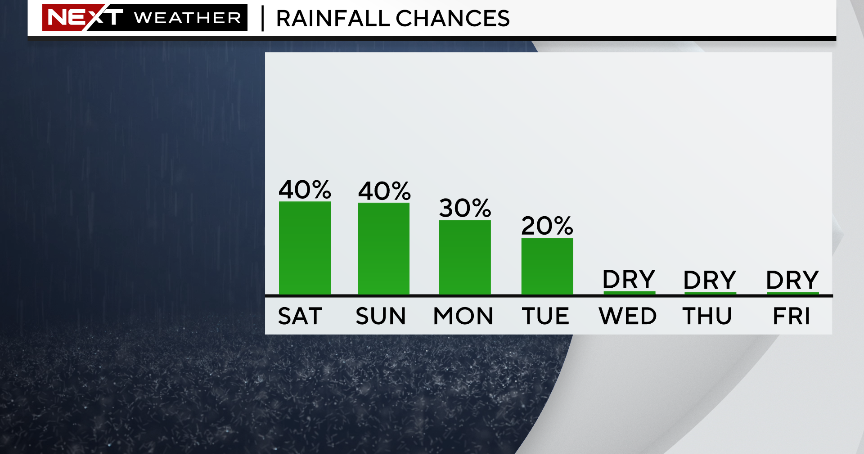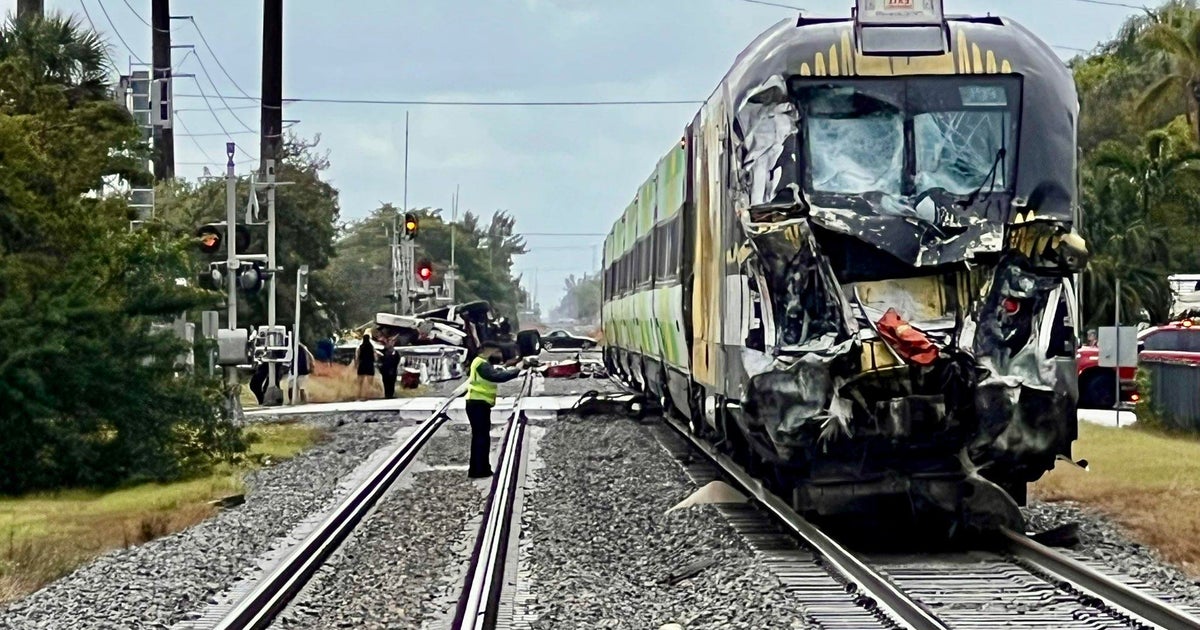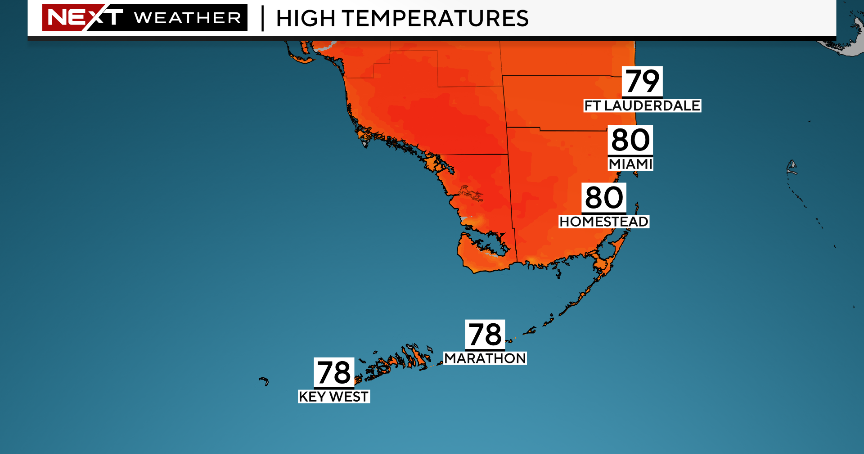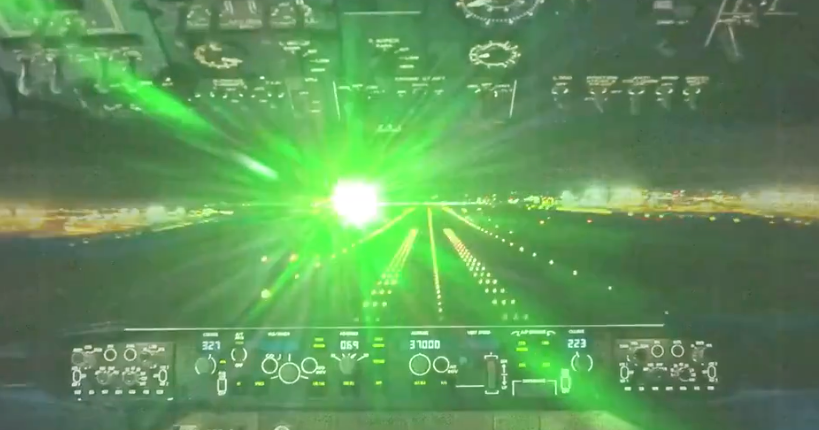Red Light Cameras Go Live In Doral Next Week
DORAL (CBS4) - Jumping on the 'red light' camera band wagon, the City of Doral will begin taking photos of red light runners next month as part of a new "Save A Life" program - a program which some say is merely another way to generate extra revenue for the city.
The cameras will be located on Doral Boulevard (NW 36th Street/NW 41st Street) at intersections throughout the city:
Doral Blvd at NW 107th Ave
*Cameras will focus on east/west traffic on Doral Blvd
Doral Blvd at NW 97th Ave
*Cameras will focus on north/south traffic on NW 97th Ave and westbound traffic on Doral Blvd
Doral Blvd at NW 87th Ave
*Cameras will focus on east/west traffic on Doral Blvd and northbound traffic on NW 87th Ave
Doral Blvd at NW 79th Ave
*Cameras will focus on east/west traffic on Doral Blvd and southbound traffic on NW 79th Ave
The cameras will go 'live' on April 1st. Drivers caught on camera running red lights will receive warning notices for the first 90 days; after that they will receive fines in the mail.
Drivers typically pay more than $158 per violation state wide if they are caught on camera running a red light The state's Revenue Estimating Conference has projected that red light camera programs will bring roughly $100 million into the state and $75 million into local governments over the next two years.
Doral city officials say they are implementing the program for public safety. On the city's website, it states that 676 people were killed, 113-thousand were injured, in crashes involving drivers running red lights in 2009. The website fails to report, however where those accidents happened and if any were in Doral.
State Senator Rene Garcia said the recently passed state law which allows the red light cameras is an "unwarranted, big-brother initiative." He's filed a bill to repeal the law. Garcia said that the red light cameras have simply become a way for local governments to use "these cameras to tax their citizens under the disguise of safety."
Garcia's bill goes head to head with Insurance Institute for Highway Safety data which shows he cameras saved roughly 159 lives over four years in a study of 14 major cities.



